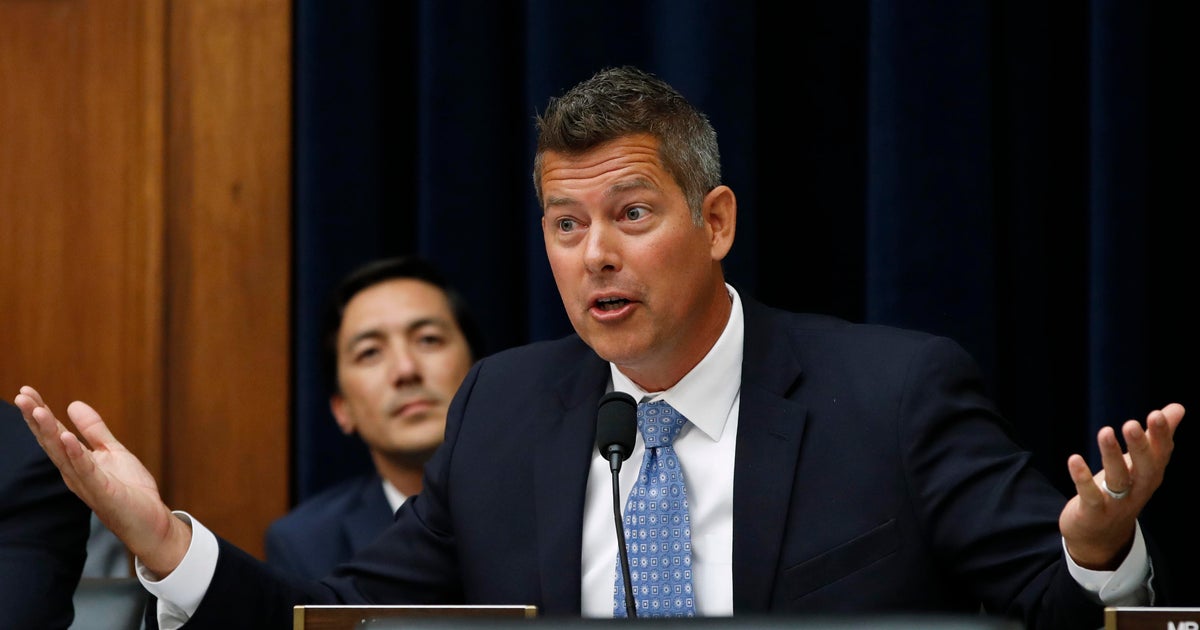U.S. housing 20,000 Afghan evacuees in 5 states, with another 40,000 overseas
The U.S. government was housing nearly 20,000 Afghan refugees at military installations in five states as of Wednesday morning, while another 40,000 evacuees remained at bases overseas awaiting processing, according to internal federal data reviewed by CBS News.
These figures, which have not been previously reported, provide more detail on the whereabouts of a portion of the approximately 124,000 people the Biden administration said it airlifted from Kabul in the past few weeks.
Eight military sites in Virginia, Wisconsin, New Mexico, New Jersey and Indiana have been tasked with temporarily housing Afghan refugees, including those who aided the U.S. war effort and other at-risk evacuees. Collectively, the sites can house approximately 32,000 evacuees, but officials have been instructed to expand that capacity to 50,000 spots by September 15.
Before reaching the U.S., evacuated Afghans have been taken to U.S. and NATO bases in Qatar, Bahrain, Kuwait, the United Arab Emirates, Saudi Arabia, Germany, Spain and Italy that can currently accommodate just under 61,000 people. Those chosen to be relocated to the U.S. have been completing security screening at these sites.
Military bases in Qatar and Germany were housing the most evacuees on Wednesday morning, hosting approximately 11,600 and 15,700 refugees, respectively. There were more than 270 unaccompanied children at the overseas evacuee sites as of Wednesday morning, including at Qatar's Camp As Sayliyah and nearby facilities, according to the federal data.
At least nine babies have been born to evacuated families, a spokesperson for the U.S. military hospital in Germany told CBS News.
It remains unclear how many of the 40,000 evacuees at overseas bases will be resettled in the U.S. Several countries, including Canada, the United Kingdom, Albania, South Korea and Colombia, have pledged to receive Afghans who fled the Taliban takeover.
All Afghans being relocated to the U.S. are flying into airports in Philadelphia and Dulles, Virginia. The U.S. has then been transferring them to the selected housing sites to undergo coronavirus testing, medical checks and further immigration processing, including work permit applications.
Some Afghans are arriving in the U.S. with Special Immigrant Visas (SIV) because of their assistance to U.S. forces during the 20-year war. Other at-risk Afghans with pending SIV applications or without any immigration petitions are being admitted into the country through humanitarian parole, a little-known process that allows immigrants without visas to enter the U.S.
While parole allows beneficiaries to stay and work in the U.S. legally on a temporary basis, it does not grant them permanent status. Afghans with approved SIV applications become permanent U.S. residents and are eligible for refugee benefits, like medical services and cash assistance. Those who don't qualify for the SIV program would need to apply for other immigration benefits, like asylum, to remain in the U.S.
The U.S. has yet to say how many of the evacuated Afghans have approved or pending SIV applications throughout the country. The Department of Homeland Security (DHS), which is overseeing the resettlement effort, did not provide a number of evacuees it has admitted under its parole authority, which bypasses the visa process.
The military base with the largest population of Afghan evacuees is currently Fort McCoy in western Wisconsin. As of Wednesday morning, there were about 6,400 Afghans housed here with a total capacity of 10,000. Two sources familiar with the Fort McCoy operations told CBS News the Defense Department planned to increase the total capacity to 13,000. One of the sources told CBS News that Fort McCoy expected to be at half of this capacity by Tuesday evening.
As of Wednesday morning, the data reviewed by CBS News showed there were about 4,300 Afghan evacuees at Fort Bliss near El Paso, Texas, about 3,500 at Joint Base Mcguire-Dix-Lakehurst in New Jersey, 3,300 at Fort Pickett in Virginia, 1,700 at Fort Lee, Virginia and about 600 in Quantico, Virginia. Holloman Air Force Base in New Mexico received its first group of more than 100 evacuees on Tuesday.
On Tuesday, the Biden administration announced a new housing site at Camp Atterbury in Indiana, which has yet to receive refugees.
Asked about the occupancy at the bases, the Defense Department referred CBS News to DHS, which did not respond to a request for comment.
The expected timeline for processing these Afghan evacuees through Fort McCoy and the other military bases is 14 to 21 days, the source familiar with the operations told CBS News.
This timeline could be longer at Fort McCoy. Republican members of Congress in Wisconsin who were recently briefed at the fort said most of the Afghans at Fort McCoy were not SIV applicants, the process reserved for Afghans who directly assisted the U.S. military effort during the 20-year Afghanistan war.
"Our understanding is that nobody who has come through the gates here at Fort McCoy is a SIV holder," Congressman Mike Gallagher told reporters last Friday, adding that some Afghans may be "midway through the process" of obtaining such a visa.
The majority of Afghans at Fort McCoy "came in under the parole authority that the federal agencies have," Congressman Tom Tiffany added, referring to the humanitarian process that allows the U.S. to admit immigrants who don't have visas.
The person familiar with the Fort McCoy operations confirmed to CBS News that while some Afghans were in different stages of the SIV process, most are parolees who have been determined to be at-risk of being persecuted in Afghanistan.
The conditions of Fort McCoy were praised by the Wisconsin lawmakers. Gallagher said American soldiers were going "above and beyond" to provide "a safe and nurturing environment for the people," noting he saw some soldiers playing games with Afghan children outside.
Temporary life for the newly arrived Afghans at Fort McCoy includes three warm meals a day that, if necessary, adhere to any religious restrictions, and sleeping in barracks. If occupancy continues to grow past 10,000 at the fort, some Afghans may have to sleep in tent-like structures, the person familiar with the operations told CBS News.
Conditions may vary across the temporary housing sites. Last week, for example, U.S. officials said clothing was the "most urgent need" for Afghan families relocated to the Fort Bliss Army base, which is expected to house up to 13,000 evacuees.
The evacuees will not necessarily settle down in the states where the military facilities are located. After Afghans leave the temporary U.S. housing sites, nonprofit resettlement agencies will be tasked with helping them secure affordable housing, jobs and other services to facilitate their integration into American society.
"When these allies and refugees arrive in the United States, our dedicated staff, in partnership with community support, stand ready to welcome our Afghan brothers and sisters," said Krish O'Mara Vignarajah, president of the Lutheran Immigration and Refugee Service, one of nine national resettlement agencies. "That is who we are as a nation and a people."
Editor's note: The story was updated with new statistics from Wednesday morning, which showed an increase in the number of Afghan evacuees housed in the U.S., from roughly 17,000 to 20,000.






